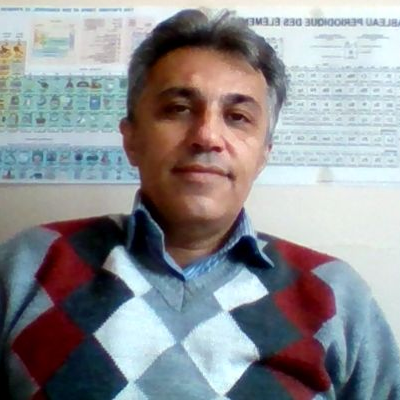Sustainable Use of Mineral Resources
A special issue of Sustainability (ISSN 2071-1050). This special issue belongs to the section "Sustainable Chemical Engineering and Technology".
Deadline for manuscript submissions: closed (19 January 2019) | Viewed by 13329
Special Issue Editor
Interests: flotation; rheology; clays; nickel laterite; tailings; physical separation
Special Issues, Collections and Topics in MDPI journals
Special Issue Information
Dear Colleagues,
The enormous growth in recent years in the demand for mineral resources, especially by highly-populated countries, such as China and India, has reinforced the importance of the sustainable use of mineral resources. Minerals are non–renewable natural resources that are very important and critical in our everyday lives, including construction, manufacturing, and energy industries. The aim of sustainable use of mineral resources is to ensure mineral use is kept to a minimum amount without having a negative impact on economic growth. This can be achieved by the efficient use of minerals, as well as recycling and using alternative materials.
This Special Issue focuses on mineral resource issues from sustainable development perspectives, attempting to identify domains where actions are required. There are a number of issues that will shape the sustainable use of mineral resources (e.g., technical challenges, technically, economical issues, environmental impacts and trends in globalization, cooperation with developing countries).
Dr. Saeed Farrokhpay
Guest Editor
Manuscript Submission Information
Manuscripts should be submitted online at www.mdpi.com by registering and logging in to this website. Once you are registered, click here to go to the submission form. Manuscripts can be submitted until the deadline. All submissions that pass pre-check are peer-reviewed. Accepted papers will be published continuously in the journal (as soon as accepted) and will be listed together on the special issue website. Research articles, review articles as well as short communications are invited. For planned papers, a title and short abstract (about 100 words) can be sent to the Editorial Office for announcement on this website.
Submitted manuscripts should not have been published previously, nor be under consideration for publication elsewhere (except conference proceedings papers). All manuscripts are thoroughly refereed through a single-blind peer-review process. A guide for authors and other relevant information for submission of manuscripts is available on the Instructions for Authors page. Sustainability is an international peer-reviewed open access semimonthly journal published by MDPI.
Please visit the Instructions for Authors page before submitting a manuscript. The Article Processing Charge (APC) for publication in this open access journal is 2400 CHF (Swiss Francs). Submitted papers should be well formatted and use good English. Authors may use MDPI's English editing service prior to publication or during author revisions.
Keywords
- mineral processing
- flotation
- tailings
- mineral resources





